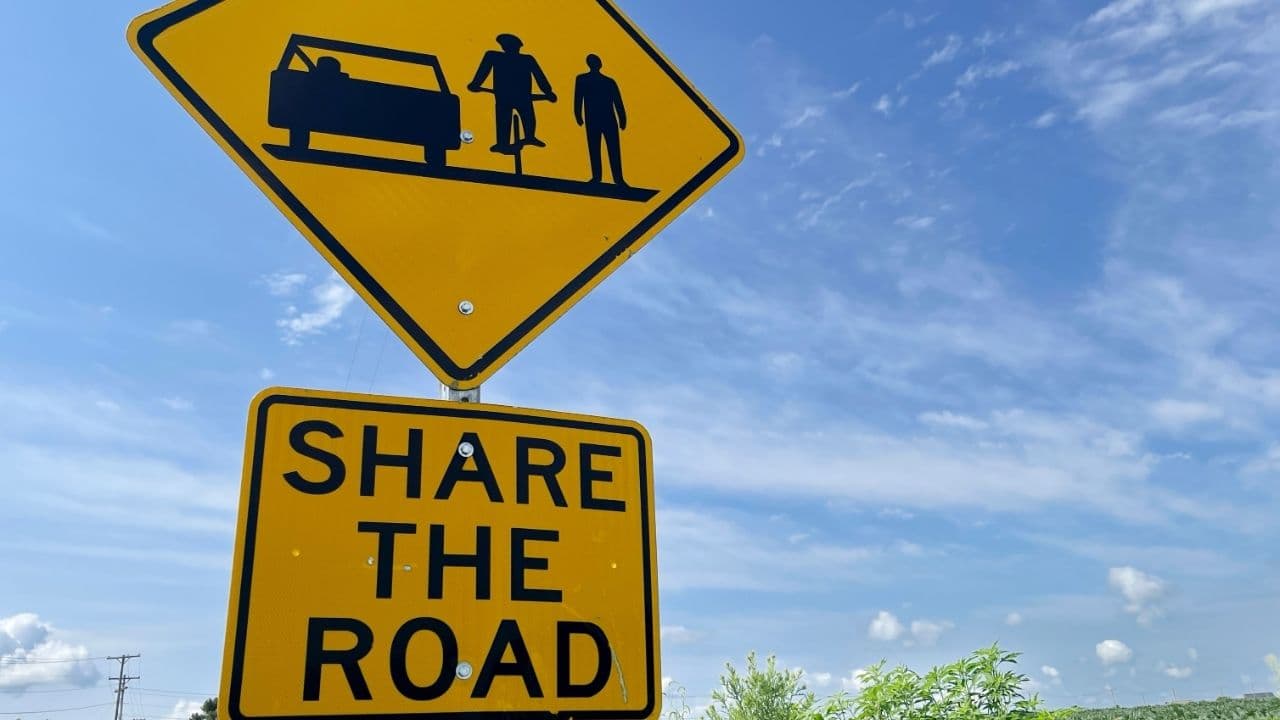Fresno Sees 17 Pedestrian and Cyclist Deaths Year to Date
City data through August 31, 2025 shows Fresno has recorded 17 deaths of pedestrians and bicyclists during the year to date reporting period, as police logged thousands of collisions citywide. The numbers underscore continuing safety risks on Fresno streets and strengthen calls from advocates for faster investment in protected bike infrastructure and safer street design.

Fresno police and city collision data released for the period through August 31, 2025 show 2,487 total collisions citywide between January 1 and August 31. Those collisions included 168 incidents involving pedestrians that resulted in 15 deaths, and 106 incidents involving bicyclists that resulted in two deaths. The combined total of 17 pedestrian and bicyclist deaths has focused renewed attention on street safety as residents and advocates press for concrete changes.
The Fresno Police Department described its enforcement strategy as a core element of the city response. Traffic safety enforcement operations target unsafe speed, improper turning, driving under the influence, right of way violations and failure to obey traffic signs. The department also conducts supplemental work focused on pedestrian and bicycle safety, distracted driving enforcement, motorcycle safety operations, impound programs averaging more than 100 impounds per quarter for reckless driving and street racing, and education efforts in partnership with Traffic Engineering and community groups.
City leaders and safety advocates frame enforcement as an important tool that must be paired with engineering and steady investment to reduce severe crashes. Members of the Fresno County Bicycle Coalition and other advocates emphasized the need for Class IV separated bike lanes, protected intersections, lower speeds on dangerous corridors and sustained political commitment to a longer term safety vision. Those measures are presented as ways to prevent collisions before enforcement is required.
The current totals are lower than some recent years, but remain a reminder of ongoing risk. Fresno recorded 33 traffic fatalities in 2024, a higher figure that underscores how quickly trends can shift and how incremental progress can still leave dangerous gaps. For residents who walk, bike, commute to work or take children to school, the data represents both immediate concerns about particular streets and a broader call for consistent citywide design changes.
Local implications include potential reallocation of transportation funding, adjustments to speed limits on high crash corridors, and expanded collaboration between police, Traffic Engineering and community groups on targeted education and infrastructure projects. Advocates say political will and predictable funding are essential to building protected lanes and safe intersections that can cut severe crashes.
Reducing pedestrian and bicyclist deaths in Fresno will require a combined strategy. Enforcement will continue to address unsafe driving behavior, but advocates and planners say that only sustained investment in safer street design and protected infrastructure will deliver the long term declines that residents seek.


